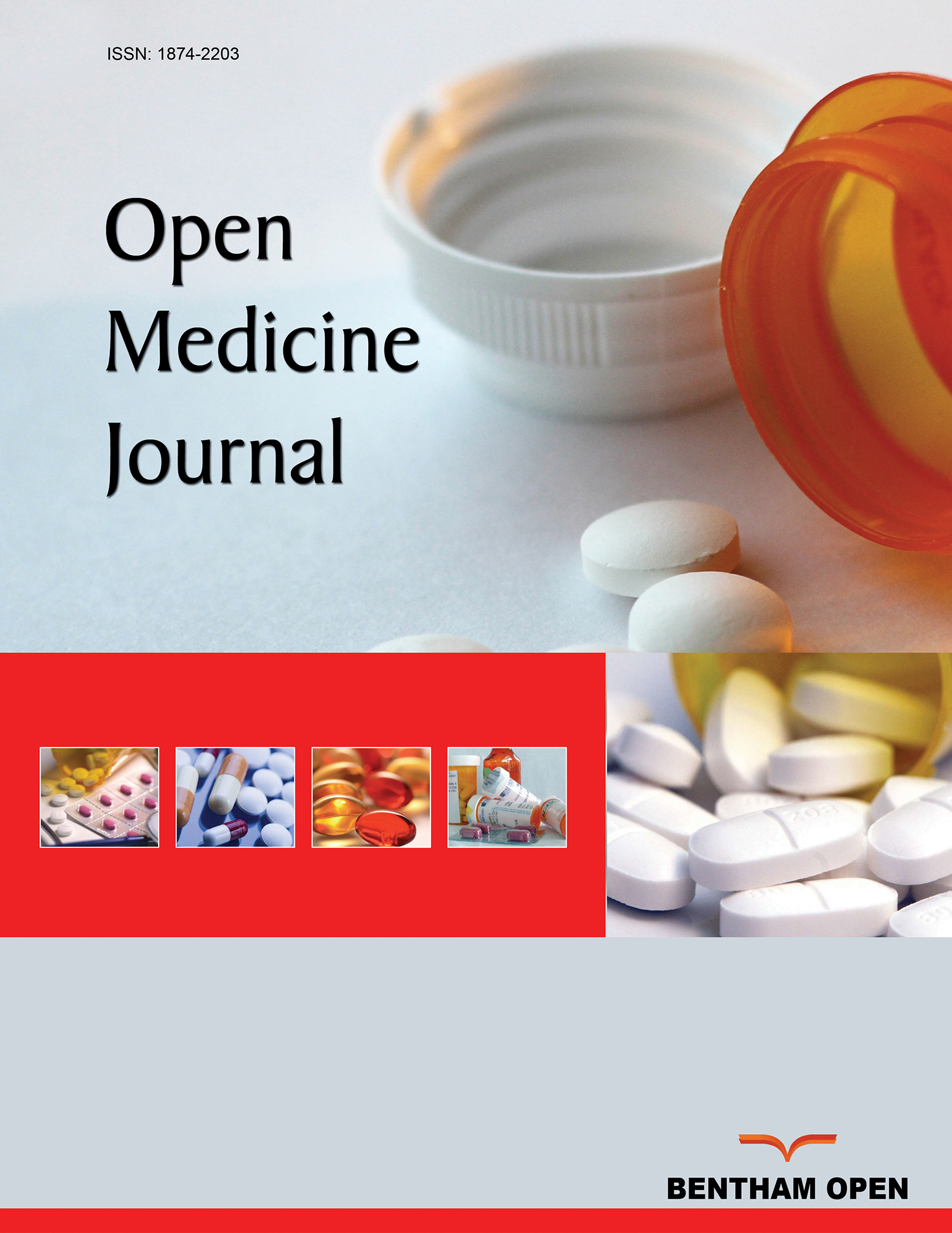Value of the A2DS2 Score Combined with the Neutrophil-to-lymphocyte Ratio in Predicting Acute Ischemic Stroke-associated Pneumonia
Abstract
Objective:
We aimed to explore the risk factors for acute ischemic stroke-associated pneumonia (SAP) and evaluate the predictive value of the Age, Atrial fibrillation, Dysphagia, Sex, Stroke Severity (A2DS2) score, neutrophil-to-lymphocyte ratio (NLR), and a combination of both indices for acute ischemic SAP.
Methods:
Overall, 1,505 patients with acute ischemic stroke (AIS) were enrolled and divided into SAP and non-SAP groups. Patients’ age, sex, and medical history (alcohol consumption, hypertension, diabetes, hyperlipidemia, coronary disease, atrial fibrillation, chronic obstructive pulmonary disease, and stroke history) were recorded. Clinical data were recorded, including consciousness disturbance, dysphagia, indwelling nasogastric tube, thrombolytic therapy, hospital stay length, National Institute of Health Stroke Scale (NIHSS) score, stroke position, TOAST classification, and blood pressure on admission. Laboratory indicators, including white blood cell (WBC) count, neutrophil count, lymphocyte count, creatinine, homocysteine, and fasting blood glucose, were also recorded. NLR was calculated by dividing the absolute neutrophil count by the absolute lymphocyte count. All patients were scored using A2DS2. Binary logistic regression was used to analyze the relationships between A2DS2, NLR, and SAP. Receiver operating characteristic (ROC) curves were generated to evaluate the diagnostic value of A2DS2, NLR, and their combined indices for predicting SAP.
Results:
SAP occurred in 203 (13.5%) of the 1,505 enrolled patients. Patients in the SAP group were older and had a higher proportion of hypertension and chronic obstructive pulmonary disease history, consciousness disorder, dysphagia, indwelling nasogastric tube, fasting blood glucose level, NIHSS score, and longer hospital stay. The SAP group had a higher A2DS2 score than the non-SAP group. Similarly, the WBC count, neutrophil count, and NLR were significantly higher in the SAP group than in the non-SAP group. After excluding confounding factors, binary logistic regression analysis showed that age, NIHSS score, NLR, and A2DS2 score were independent risk factors for SAP. The ROC curves showed the A2DS2 score and NLR predicted SAP with an area under the curve (AUC) of 0.855 (sensitivity: 73.3%, specificity: 86.1%) and 0.849 (sensitivity: 79.7%, specificity: 80.6%), respectively, and the combined prediction of SAP AUC was 0.924 (sensitivity: 87.7%, specificity: 82.8%), which was higher than that of a single index, with improved the sensitivity of prediction.
Conclusion:
In patients with AIS, the A2DS2 score combined with NLR is of greater value in predicting the risk of acute ischemic SAP than a single indicator.


